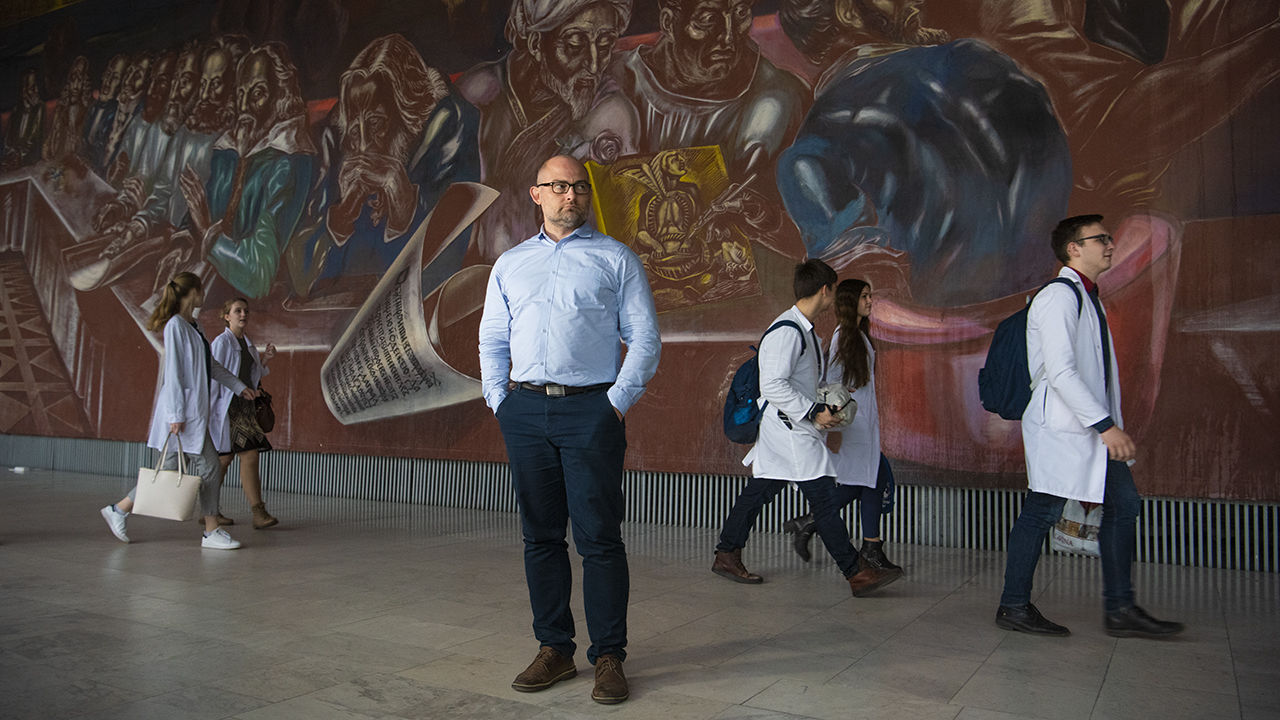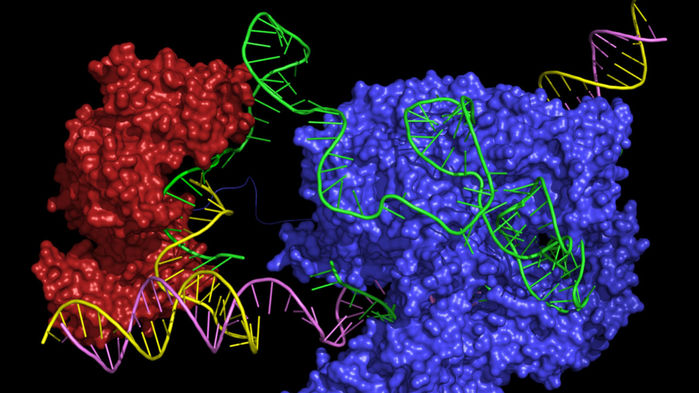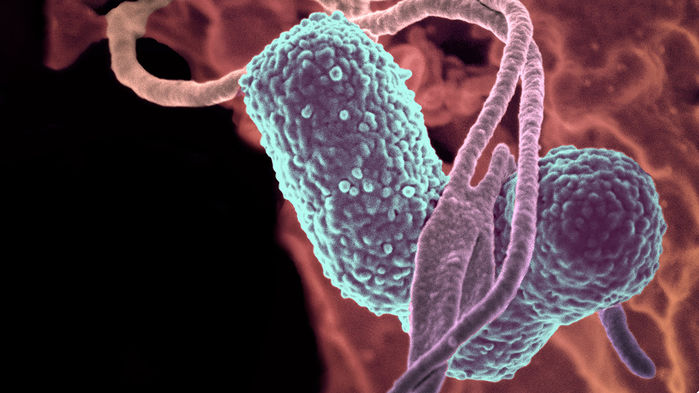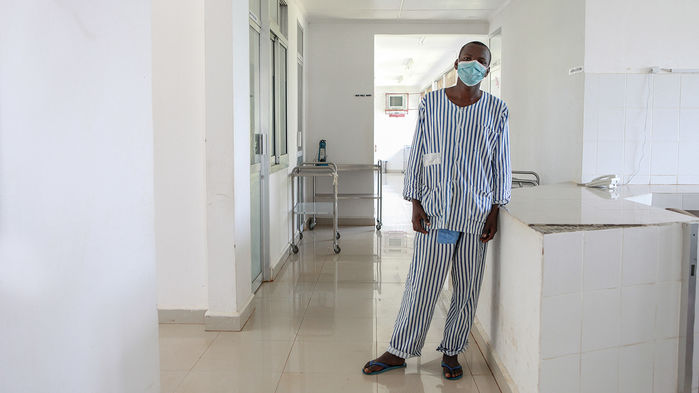This story was supported by the Pulitzer Center. On a lightly snowing Sunday evening, a potential participant in Denis Rebrikov’s controversial plans to create gene-edited babies meets…
Comments closed
“Yevgenievna” and her husband in their apartment. She has been deaf since birth and her husband has limited hearing. She is considering allowing an experiment by Rebrikov to edit gene’s in her offspring’s embryo that may help avoid hearing loss. Credit: Sergey Ponomarev







